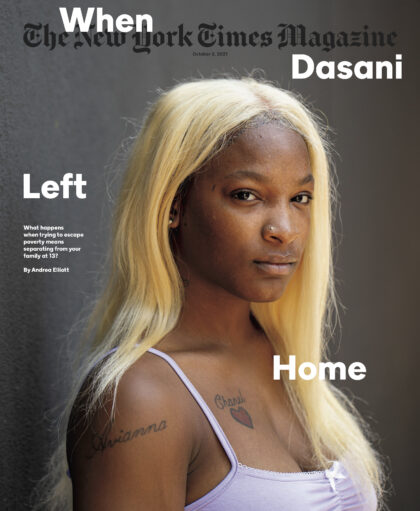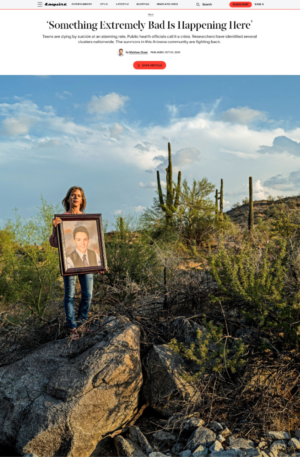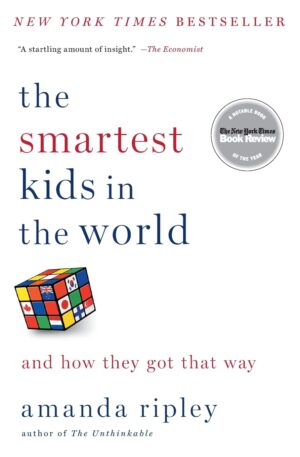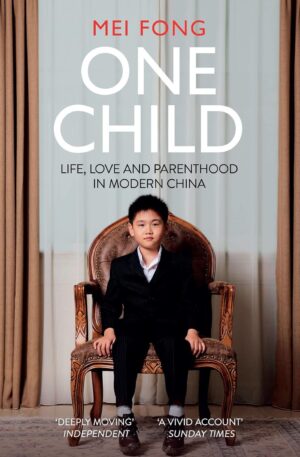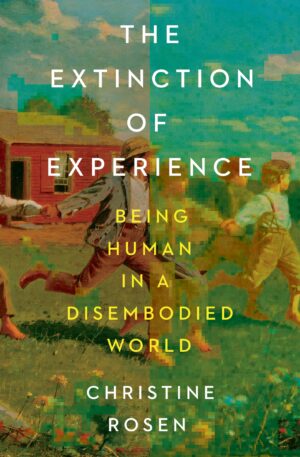Andrea Elliot wrote a New York Times Magazine cover story about a formerly homeless New York girl, Dasani, having to leave her family in order to escape poverty. The article was adapted from her book Invisible Child: Poverty, Survival, and Hope in an American City.
None of Dasani’s seven siblings had ever left home. They had always stuck together, even when they were homeless, moving between New York City’s shelters with their parents, Chanel and her husband, Supreme. Then, in October 2014, they landed a rent-subsidized apartment on Staten Island’s North Shore, an area rattled by gang warfare and evictions. Three months later, on Jan. 26, 2015, Dasani was preparing to leave for the Hershey school.
“You know Sani leaving, right?” her mother told Baby Lee-Lee that morning. The toddler pushed her tiny nose into Dasani’s face, mumbling “No, no, no, no.” Then she poked Dasani in the eye with a piece of Bazooka bubble gum.
“She don’t understand,” Dasani whispered. “Yet.”
Even Dasani had yet to grasp what her departure would mean. She had spent her rocky childhood guarding the survival of her siblings, learning to change diapers before she was in kindergarten. She was her mother’s firstborn but acted more like a parent with her tight-knit flock of siblings, who spanned the ages of 2 to 12 — her “full blood” sister, Avianna, their four half siblings, Maya, Hada, Papa and Lee-Lee, and two stepsiblings, Khaliq and Nana.
